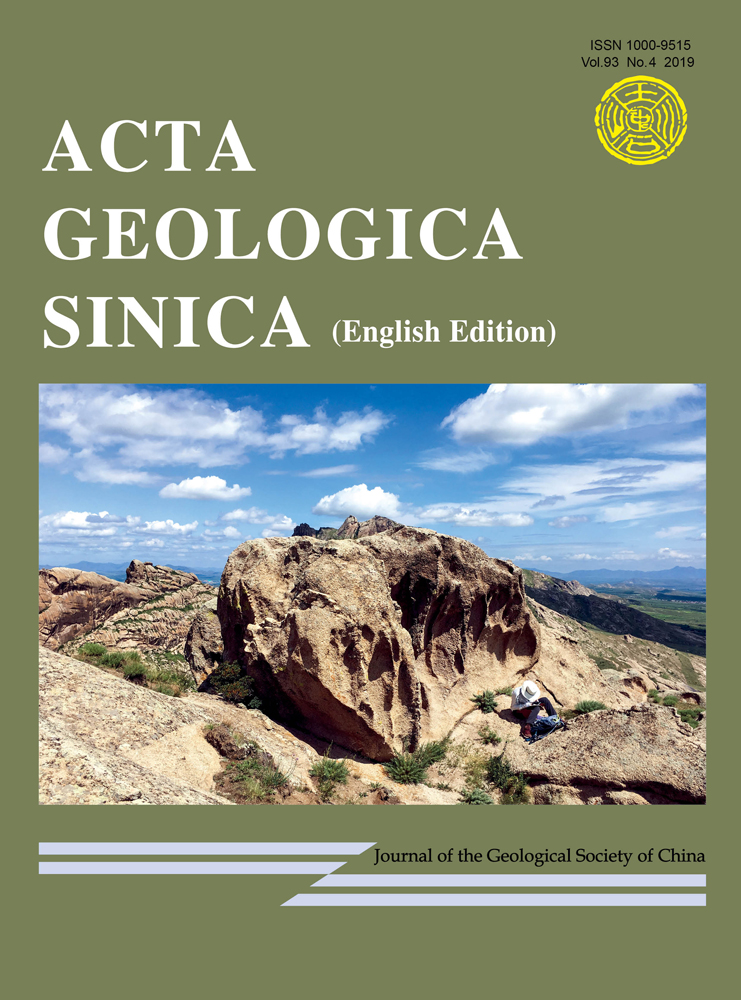A Quantitative Method for Active Fault Migration Distance Assessment on both Sides of Mid-Ocean Ridges—Based on Multi-Beam Data
About the First Author:
FAN Qingkai, male, born in 1991, Ph. D. candidate, now majoring in geology in the School of Earth and Space Science, Peking University, mainly engaged in structural geology and hydrothermal mineralization in mid-ocean ridges. E-mail: [email protected]
About the Corresponding Author:
LI Jianghai, male, born in 1965, Ph. D., professor of School of Earth and Space Science, Peking University, mainly engaged in global tectonics and mid-ocean ridges. E-mail: [email protected]
Abstract
Fracture-fissure systems found at mid-ocean ridges are dominating conduits for the circulation of metallogenic fluid. Ascertaining the distribution area of active faults on both sides of mid-ocean ridges will provide a useful tool in the search for potential hydrothermal vents, thus guiding the exploration of modern seafloor sulfides. Considering the Mid-Atlantic Ridge 20°N–24°N (NMAR) and North Chile Rise (NCR) as examples, fault elements such as Fault Spacing (ΔS) and Fault Heave (ΔX) can be identified and quantitatively measured. The methods used include Fourier filtering of the multi-beam bathymetry data, in combination with measurements of the topographic slope, curvature, and slope aspect patterns. According to the Sequential Faulting Model of mid-ocean ridges, the maximal migration distance of an active fault on either side of mid-ocean ridges—that is, the distribution range of active faults—can be measured. Results show that the maximal migration distance of active faults at the NMAR is 0.76–1.01 km (the distance is larger at the center than at the ends of this segment), and at the NCR, the distribution range of active faults is 0.38–1.6 km. The migration distance of active faults on the two study areas is positively related to the axial variation of magma supply. In the NCR study area, where there is an abundant magma input, the number of faults within a certain distance is mainly affected by the variation of lithospheric thickness. Here a large range of faulting clearly corresponds to a high proportion of magmatism to seafloor spreading near mid-ocean ridges (M) value, and in the study area of the NMAR, there is insufficient magmatism, and the number of faults may be controlled by both lithospheric thickness and magma supply, leading to a less obvious positive correlation between the distribution range of active faults and M.




